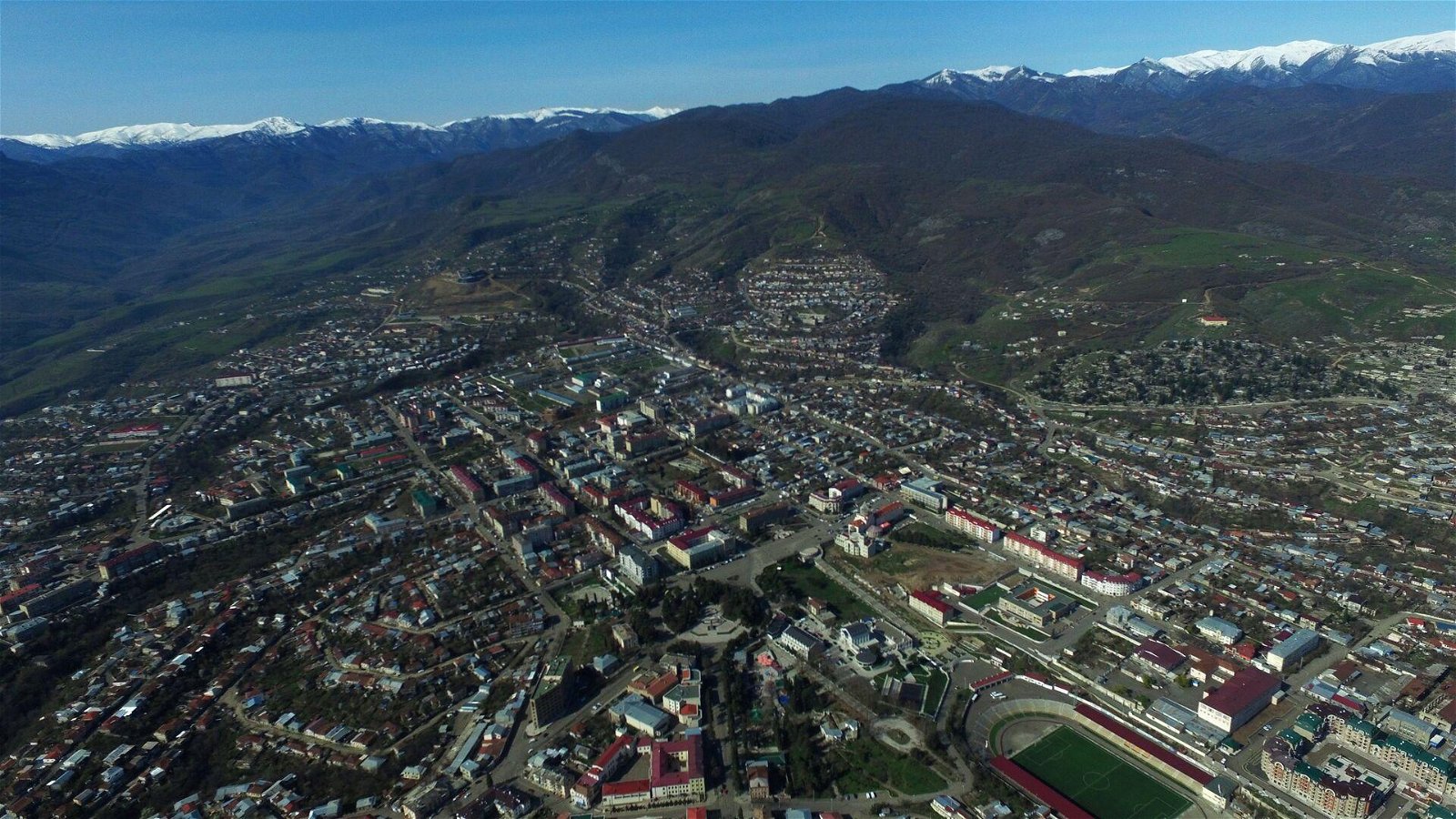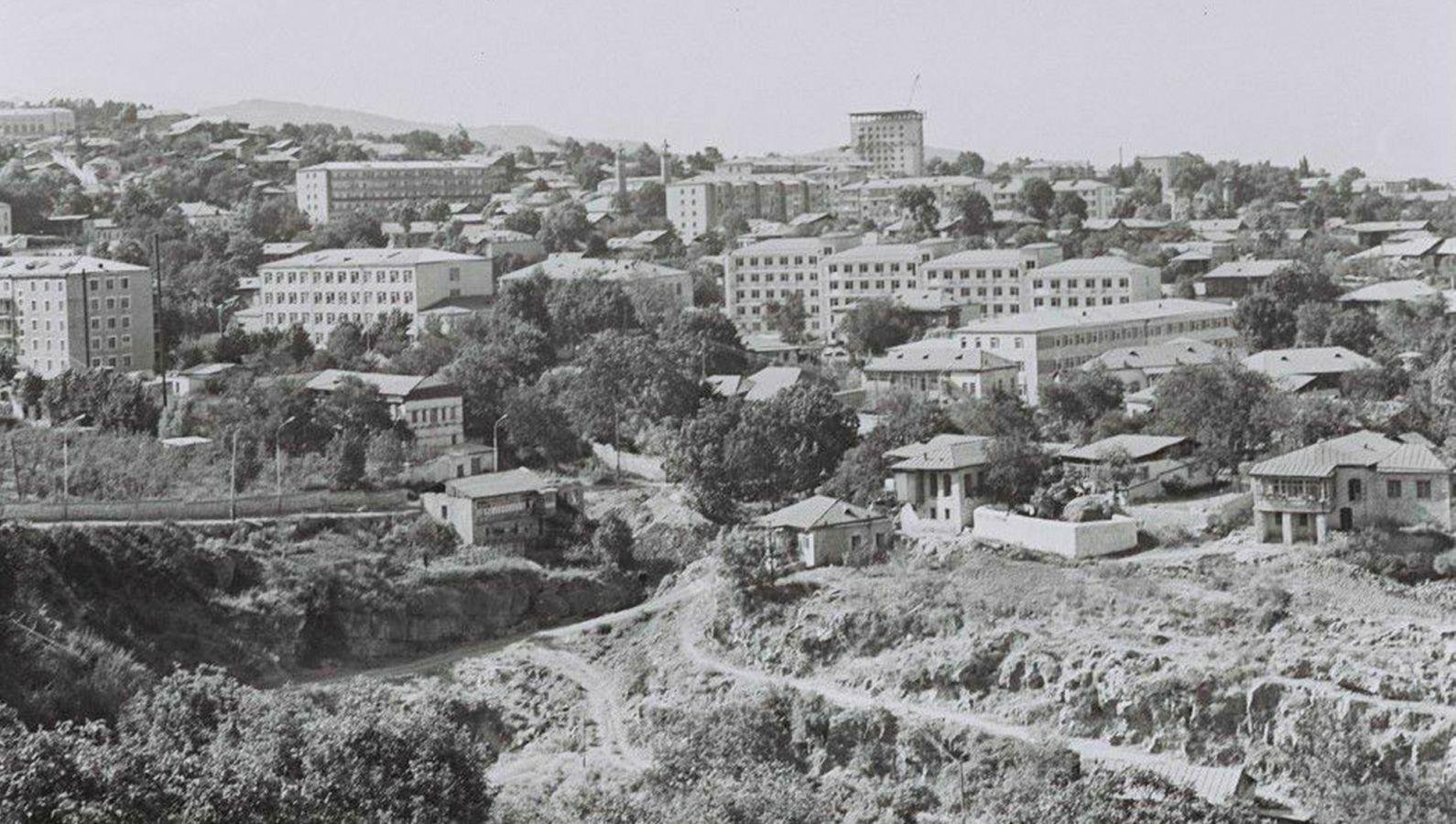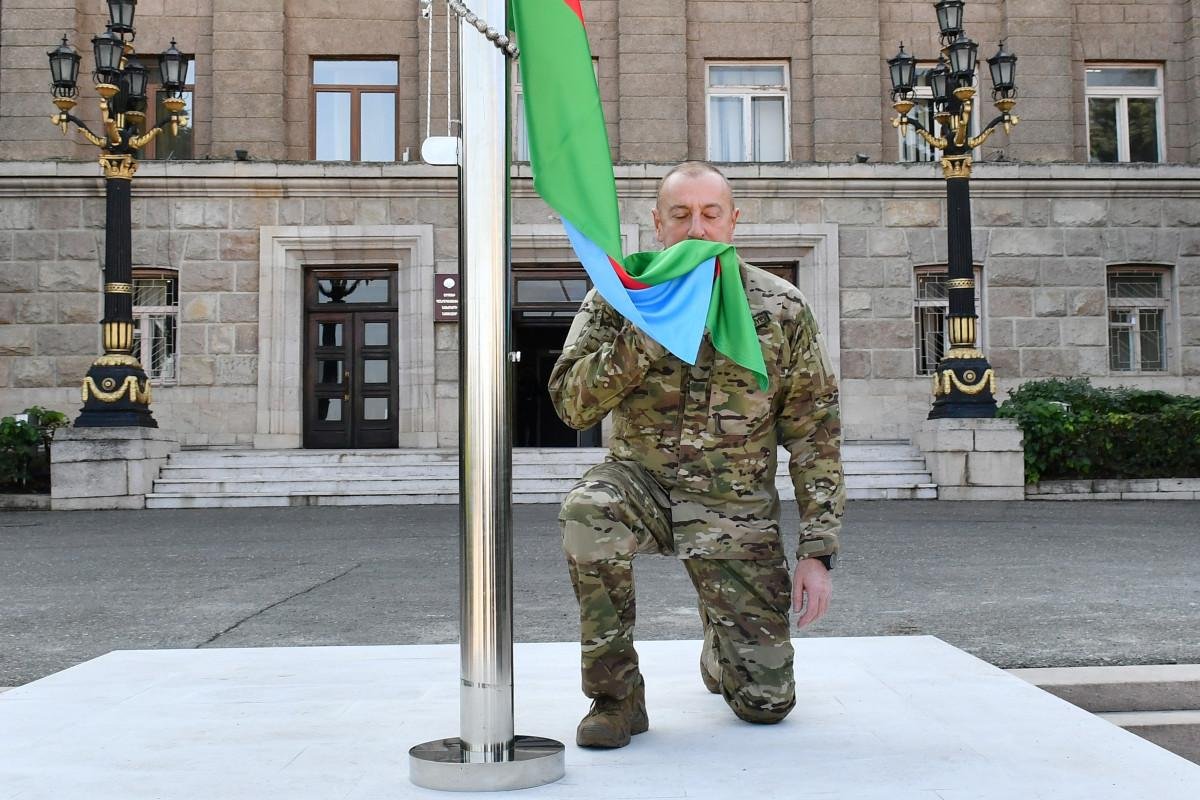Khankendi – the “Khan” is back to its throne A brief look into Azerbaijani city’s history
The reclamation of Azerbaijan’s sovereignty in the city of Khankendi has been an irreversible end of the decades-long separatism in the territory of the country. The return to Khankendi was the restoration of justice simultaneously with the exposure of Armenian falsifications and misappropriations to forcibly erase the Azerbaijani heritage in the “village of Khan”.
Separatism was crumbled in Khankendi on September 19. Back then, the Azerbaijan Armed Forces launched an anti-terror operation to eradicate a source of a decades-old threat to the sovereignty of Azerbaijan. Separatists nestled in the highland city in Karabakh claiming it to be their “capital”. For them, the historical Azerbaijani city was not Khankendi but “Stepanakert” – a major stronghold to keep “Artsakh” on its feet.
“Stepan” officially stepped down on September 28 to give back the throne to “Khan”. On this day, the separatist regime announced its self-dissolution. It was the last nail in the coffin of “Artsakh”. At the same time, it was the “return of the Khan”.
On October 15, President Ilham Aliyev raised the State Flag of Azerbaijan in Khankendi’s central square. The tricolor flag was put in its original place after more than three decades of exile.
Khankendi’s history
Khankendi is relatively young than the other cities of Azerbaijan. According to archival documents, the city was built at the end of the 18th century as a residence for the khans of the Karabakh Khanate, one of the independent Azerbaijani states at that time. For the Khans to be flexible for state affairs, it was established 10 kilometres from the capital of the khanate, Panahabad (modern-day Shusha). In its first years, only the Khan's family and his relatives lived in the new settlement serving primarily as a recreational town for the royal family. Time by time it was named "Khan's village" among locals. After a while, the settlement was officially named Khankendi. When the Karabakh Khanate was incorporated into Russian Empire, the tsar donated Khankendi to Parijahan, the wife of the Karabakh Khanate’s last ruler Mehdigulu Khan.
Russia's occupation of Karabakh has a serious impact on Khankendi, primarily on its ethnic proportion. The empire put its plan to settle Russian and Armenian families Iran to Khankendi into motion. Although no Armenian and Russian families lived in Khankend in 1813, already in 1847 there were residential blocks and an Armenian church where 80 Armenian and 52 Russian families lived. Immediately after the invasion of Russia, the headquarters and barracks of the Caucasian Cavalry Division of the tsarist army were placed in Khankendi. Despite its designation as a "headquarters" for the relocated people, it was officially named Khankendi on the maps of Tsarist Russia in 1847.
As a result of purposeful ethnic policy, the number of Armenians and Russians in Khankendi increased significantly at the beginning of the 20th century.

However, a large number of representatives of the Khan dynasty, Azerbaijani intellectuals, musicians, and artists lived in the town. They resisted the deliberate isolation attempts of the empire’s rulers and their Armenian minions, the indigenous Azerbaijanis in Khankendi managed to preserve their authority urging the tsarist government to reckon with them.
After the October Revolution in the Russian Empire in 1917, the events taking place in the South Caucasus did not bypass Khankendi either. In the 19th century, the Iranian Armenians settled in the lands of the Azerbaijani Iravan Khanate declared the creation of an Armenian state. In further aggressive measures, Armenian nationalists began to claim Nakhchivan and Zangezur regions, and the mountainous parts of the Karabakh region of Azerbaijan, known as Nagorno-Karabakh Armenian military units attacked towns and villages inhabited by Azerbaijanis in those regions and massacred civilians. Archive documents related to the Baku, Shamakhi, Guba, Goychay, Goycha, Zangezur massacres are still available for a research. At the same time, bloody conflicts were taking place in Karabakh, including in Khankendi.
After Azerbaijan Democratic Republic’s occupation by the Soviet Empire in 1918, Armenian nationalist began to refuel their claims for the Azerbaijani lands. Soviet leaders Vladimir Lenin and Joseph Stalin, and Transcaucasia Communist Party’s Secretary Sergo Ordzhonikidze have increasingly threw weight behind the territorial claims against Azerbaijan.
The process was facilitated by Armenian Anostas Mikoyan, the First Secretary of the Central Committee of the Communist Party of Azerbaijan in 1920. As a result, in 1923. In order to increase Armenian influence in the region, its center was relocated from Shusha to Khankendi, where half of the population was Armenian at that time in the wake of the massive relocation policy. With the request of Armenians, Khankendi was renamed as “Stepanakert” after Stepan Shaumyan, one of the 26 commissars of Baku appointed by the Soviet Empire.
Georgia-born Shaumyan was one of the masterminds of massive bloody ethnic cleansing campaign against Azerbaijanis. Naming a settlement after him was the acclamation of his anti-Azerbaijan legacy and manifestation of the deliberate Armenianization of the Azerbaijani lands.
The massive relocation of Armenians to Nagorno-Karabakh under the aegis of the Soviet government and Armenian-origin people represented in the government, including in 1937 and 1951, the number of the Armenian population of Khankendi in 1979 was reported at nearly 34,000 or 87 per cent of the city’s total population.

After establishing an ehtnic majority in Khankendi, Armenians kicked off unauthorized rallies to demand ceding Nagorno-Karabakh to Armenia.
The first rally was organized on February 13, 1988 in the central square of Khankendi. A week later, on February 20, Armenian deputies in the Supreme Council of Nagorno-Karabakh discussed the illegal separation of Nagorno-Karabakh from Azerbaijan causing rightful protest by the Azerbaijani community of Nagorno-Karabakh. Later, the Soviet leadership dispatched a battalion of Internal Troops to Khankendi to stabilize the situation setting the ground for the terrorist movement of Armenians against Azerbaijanis.
Following a series of bloody assaults on the Azerbaijani settlements in 1988, Armenians forcibly deported almost the entire Azerbaijani population from the city. When the Soviet Union collapsed in 1991, they used the arsenal of the Soviet army detachments to completely siege and occupy Khankendi in the same year. Khankendi’s fall paved the way for the expansion of the war against Azerbaijan to occupy more territories.
During the First Karabakh War in 1991-1994, Khankendi suffered great destruction.
However, after the war, Armenians were supported by the Diaspora from overseas to restore the city. Moreover, they also looted the city centers of other occupied regions to speed up Khankendi’s restoration. With the diaspora money, Armenians built a 64-kilometer highway from the city of Gorus in Armenia to Khankendi. The Azerbaijani heritage in the city was completely obliterated. They changed the names of the streets, locations, and settlements for Armenian names and toponyms.
The rise and fall of separatists
Shortly after the war, the Armenian authorities propped up a separatist entity in the occupied Karabakh region of Azerbaijan. They named it the “Nagorno-Karabakh Republic” or the “Republic of Artsakh”. The junta announced itself an “independent state” with executive, legislative, and judicial authorities. They elected “presidents”, “state ministers”, “law enforcement and security chiefs” over the years of their illegal presence in Azerbaijan. From 1994 to 2020, five “presidents” served in the separatist junta, with the last being “elected” on September 9, 2023.
Armenia uninterruptedly channeled financial and military assistance to the “Artsakh” separatists to consolidate their presence. A certain amount of funds was allocated from the state budget on a yearly basis. Yerevan even called it an “independent state” Azerbaijan should deal with although it did not recognize its independence. The separatist entity was not recognized as an independent state by any country during its existence.
The end of separatism in the Azerbaijani lands - the liberation of Khankendi came on September 19. Back then, the Azerbaijani army launched an anti-terror operation to oust separatists. On September 20, they surrendered. On September 28, they announced their self-dissolution.
On October 15, President Aliyev raised the State Flag of Azerbaijan in Khankendi and other territories cleared of separatists.

“The Flag I raised today will fly here forever, and we will live here forever. Karabakh is ours, Karabakh is Azerbaijan!” he said in Khankendi.
To support president Aliyev’s historical statement, “Stepan” is out of Khankendi forever. The “Khan” is back to its homeland. Khankendi will never again fall in the hands of outlanders. It was Azerbaijani, it is Azerbaijani, and it will forever be Azerbaijani …








